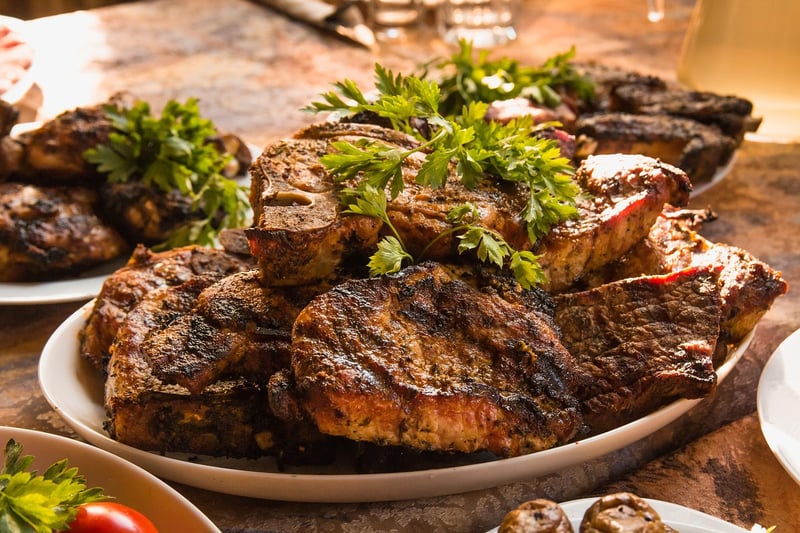Searing Methods
Master the Art of Searing: Techniques and Tips
Searing is a fundamental cooking technique that can elevate the flavor and appearance of your dishes. Whether you're grilling a steak, searing a piece of fish, or caramelizing vegetables, mastering the art of searing can take your culinary skills to the next level. In this guide, we'll explore various searing methods and provide you with tips to achieve the perfect sear every time.
The Maillard Reaction: The Key to Flavorful Searing
Before we delve into searing techniques, it's essential to understand the Maillard reaction. This chemical reaction occurs when amino acids and reducing sugars are heated, resulting in the browning of food and the development of complex flavors. Searing helps trigger the Maillard reaction, creating a delicious crust on the surface of the food.
Searing Techniques
1. Dry Searing
Dry searing involves cooking food in a hot pan without the addition of oil or fat. This method works well for foods that naturally release moisture, such as mushrooms or scallops. The key is to preheat the pan until it's extremely hot before adding the food.
2. Oil Searing
Oil searing is the most common method and involves heating oil in a pan before adding the food. The oil helps conduct heat evenly and promotes a consistent sear. Choose an oil with a high smoke point, such as canola or grapeseed oil, for best results.
3. Searing on the Grill
Grilling is another popular searing method that imparts a smoky flavor to the food. Preheat your grill to high heat and place the food directly on the grates. Make sure to oil the grill grates to prevent sticking and achieve beautiful grill marks.
Tips for Perfect Searing
- Ensure the food is dry before searing to promote browning.
- Preheat your cooking surface thoroughly to achieve a proper sear.
- Avoid overcrowding the pan or grill to allow for even cooking.
- Patience is key – resist the urge to flip the food too soon to allow a crust to form.
- Season the food generously with salt and pepper before searing for enhanced flavor.
Conclusion
By mastering the art of searing and understanding the science behind it, you can create restaurant-quality dishes in the comfort of your own kitchen. Experiment with different searing methods and techniques to find what works best for various types of food. With practice and patience, you'll soon become a searing expert!

Image source: Pixabay
